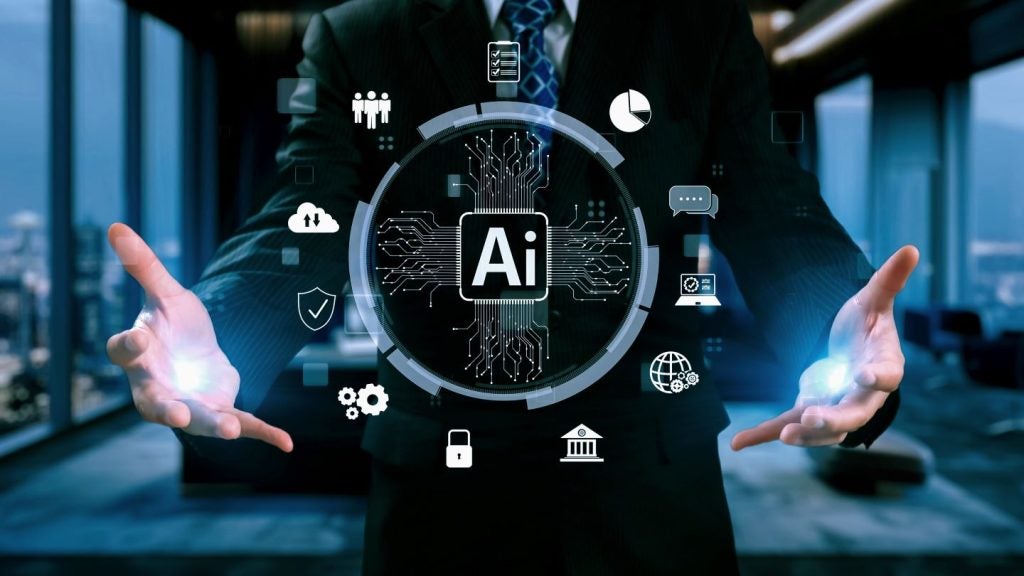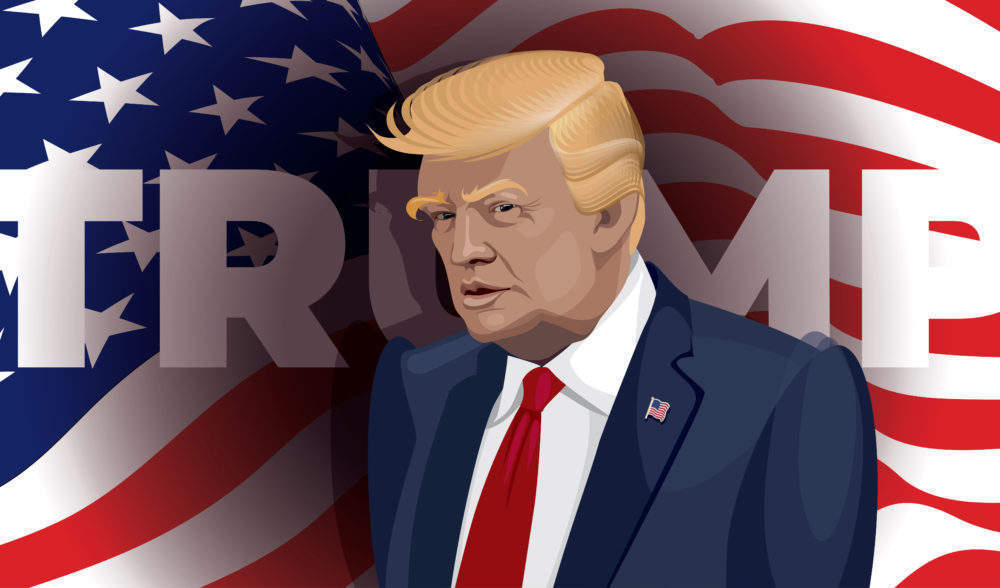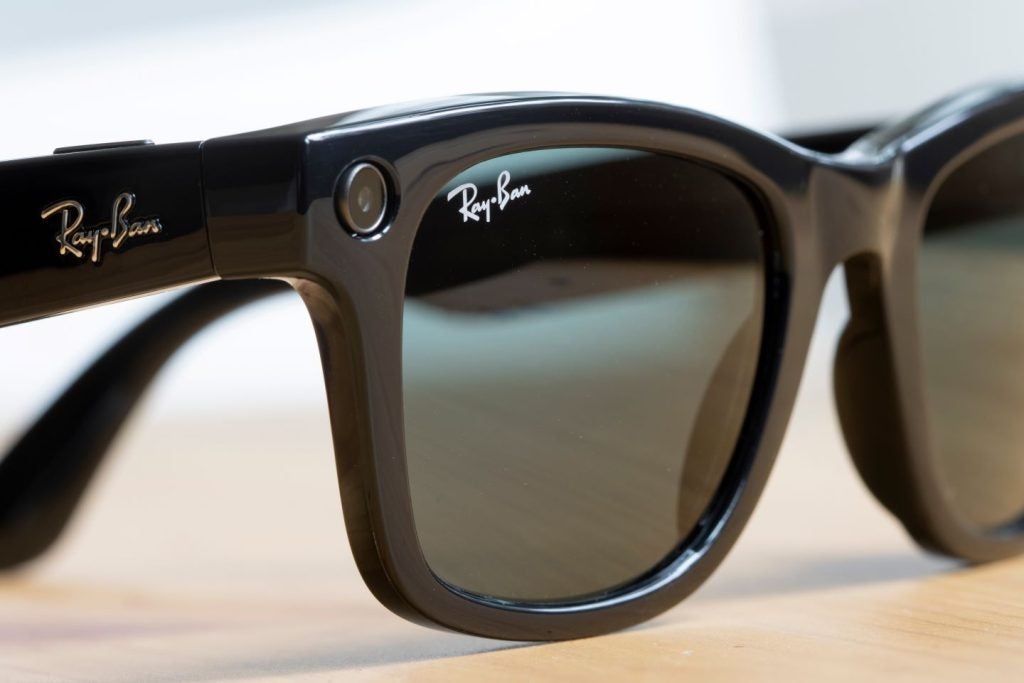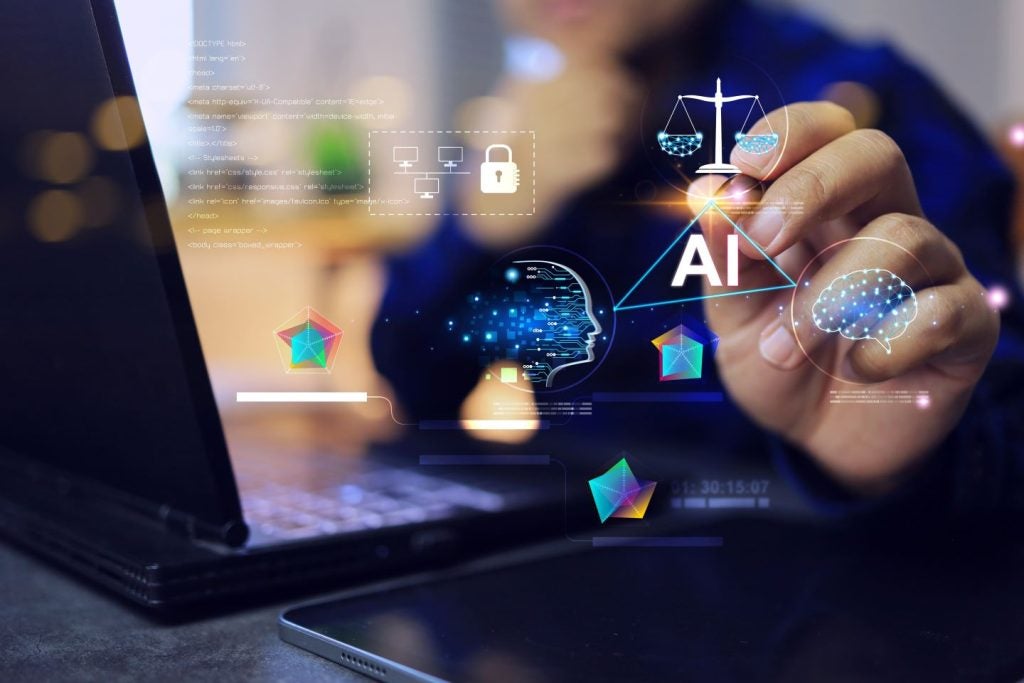The technology industry continues to be a hotbed of patent innovation. Activity is driven by the escalating frequency and sophistication of cyber threats, coupled with increasing regulatory requirements for data protection, as well as the surge in digital transactions, online services, and the proliferation of IoT devices. The growing importance of technologies such as encryption methods, multi-factor authentication and secure communication protocols, further amplify the demand for secure biometric authentication. In the last three years alone, there have been over 1.5 million patents filed and granted in the technology industry, according to GlobalData’s report on Cybersecurity in technology: biometric identification and monitoring. Buy the report here.
However, not all innovations are equal and nor do they follow a constant upward trend. Instead, their evolution takes the form of an S-shaped curve that reflects their typical lifecycle from early emergence to accelerating adoption, before finally stabilizing and reaching maturity.
Identifying where a particular innovation is on this journey, especially those that are in the emerging and accelerating stages, is essential for understanding their current level of adoption and the likely future trajectory and impact they will have.
185+ innovations will shape the technology industry
According to GlobalData’s Technology Foresights which plots the S-curve for the technology industry using innovation intensity models built on over 1.6 million patents, there are 185+ innovation areas that will shape the future of the industry.
Within the emerging innovation stage homomorphic encryption and signcryption are disruptive technologies that are in the early stages of application and should be tracked closely. Zero knowledge proof, multi-factor authentication and secure hash algorithms (SHA) are some of the accelerating innovation areas, where adoption has been steadily increasing. Among maturing innovation areas are DRM tools and AES encryption, which are now well established in the industry.
Innovation S-curve for cybersecurity in the technology industry
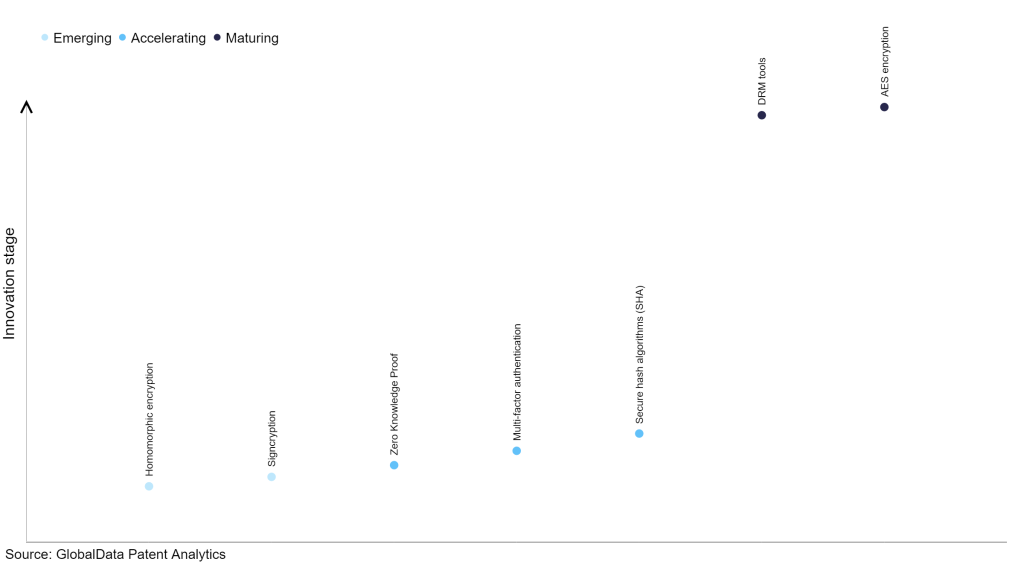
Biometric identification and monitoring is a key innovation area in cybersecurity
Biometric identification and monitoring involve utilizing an individual's distinctive physiological or behavioral attributes for purposes of identification or monitoring. These attributes encompass characteristics such as fingerprints, facial features, voice patterns, or iris scans. Through biometric identification, secure access control, authentication, and tracking of individuals are facilitated based on their unique traits.
GlobalData’s analysis also uncovers the companies at the forefront of each innovation area and assesses the potential reach and impact of their patenting activity across different applications and geographies. According to GlobalData, there are 1040+ companies, spanning technology vendors, established technology companies, and up-and-coming start-ups engaged in the development and application of biometric identification and monitoring.
Key players in biometric identification and monitoring – a disruptive innovation in the technology industry
‘Application diversity’ measures the number of applications identified for each patent. It broadly splits companies into either ‘niche’ or ‘diversified’ innovators.
‘Geographic reach’ refers to the number of countries each patent is registered in. It reflects the breadth of geographic application intended, ranging from ‘global’ to ‘local’.
Patent volumes related to biometric identification and monitoring
Source: GlobalData Patent Analytics
Among the companies innovating in biometric identification and monitoring, Koninklijke Philips is one of the leading patent filers. The company’s patents are aimed at describing an apparatus used for discerning living skin tissue within a video sequence. The apparatus includes a processing unit designed to acquire a video sequence containing multiple image frames. It first partitions each of the image frames into a set of initial frame segments. Subsequently, it generates a series of initial video sub-sequences, with each sub-sequence incorporating a frame segment from the initial set for two or more of the image frames.
Following this, it further divides the image frames into an additional set of frame segments, which consists of a greater number compared to the initial set. Another set of video sub-sequences is then created, where each sub-sequence comprises a frame segment from this additional set for two or more of the image frames. The apparatus then conducts an analysis on these video sub-sequences to ascertain a pulse signal for each. Finally, it scrutinizes the pulse signals to detect regions of living skin tissue in the video sequence. Other prominent patent filers in the space include Samsung Group and Sony Group.
In terms of application diversity, Koninklijke Philips leads the pack, while NEC and Panasonic are in second and third positions, respectively. By means of geographic reach, Abbott Laboratories held the top position, followed by Enlitic and Lululemon Athletica.
Biometric identification and monitoring hold significant importance in modern security and authentication practices. The technology ensures precise individual recognition by utilizing unique physical or behavioural attributes such as fingerprints, facial features, or voice patterns. It plays a pivotal role in enhancing security across various industries, including finance, healthcare, and government, where safeguarding sensitive information is paramount. Additionally, biometric systems streamline authentication processes, providing convenient and secure access control.
To further understand the key themes and technologies disrupting the technology industry, access GlobalData’s latest thematic research report on Cybersecurity.
Data Insights
From

The gold standard of business intelligence.
Blending expert knowledge with cutting-edge technology, GlobalData’s unrivalled proprietary data will enable you to decode what’s happening in your market. You can make better informed decisions and gain a future-proof advantage over your competitors.



